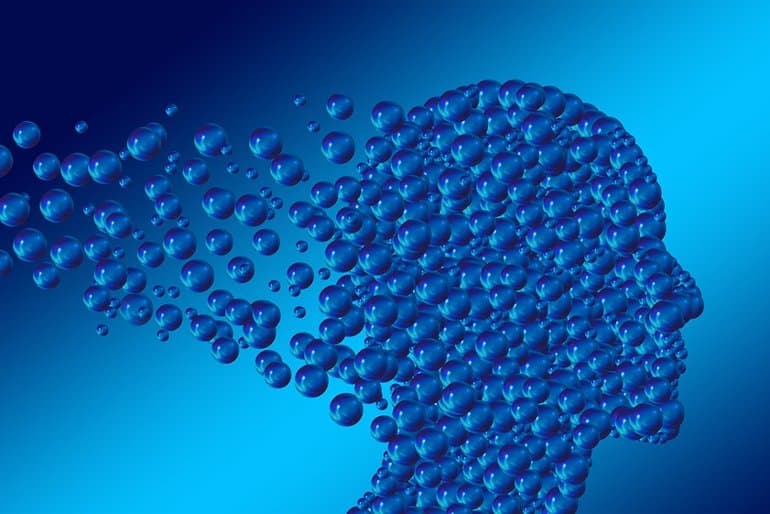Summary: People with schizophrenia and social anhedonia exhibit altered neural processing for social reward processing, leading to impaired social interaction and social dysfunction.
Source: Chinese Academy of Science
Patients with schizophrenia and individuals with social anhedonia have been shown to exhibit impaired social reward processing that ultimately leads to impaired social interaction and social dysfunctions.
However, most of the previous studies on social reward anticipation in schizophrenia spectrum disorders were limited to behavioral design. It remains unclear whether the putative neural processing for social reward anticipation has been altered in both individuals with schizophrenia and individuals with social anhedonia.
Recently, a research team led by Dr. Raymond Chan from the Institute of Psychology (IP) of the Chinese Academy of Sciences (CAS) have conducted a study to specifically examine the underlying neural mechanisms of social reward anticipation in these populations.
The study was published in European Archives of Psychiatry and Clinical Neuroscience on Oct. 28.
The researchers recruited 23 individuals with schizophrenia and 17 healthy controls, as well as 37 individuals with social anhedonia and 50 healthy controls to complete the social incentive delay imaging task while they were undertaking MRI brain scans.
They found that individuals with schizophrenia exhibited hypo-activation of the left medial frontal gyrus and the negative functional connectivities (FCs) with the left parietal regions.

However, individuals with social anhedonia exhibited the hyper-activation of the left middle frontal gyrus when anticipating social reward.
Moreover, individuals with schizophrenia showed strengthened cerebellum-temporal FCs, whilst social anhedonia individuals showed strengthened FCs in left frontal regions.
These findings suggest that both individuals with schizophrenia and with social anhedonia exhibit altered neural processing for social reward anticipation, and such neural activities show a weakened association with real-life social network characteristics.
The study advances our understanding on the neural underpinnings of social motivation in schizophrenia spectrum disorders.
About this mental health research news
Author: Li Yuan
Source: Chinese Academy of Science
Contact: Li Yuan – Chinese Academy of Science
Image: The image is in the public domain
Original Research: Closed access.
“Altered neural mechanism of social reward anticipation in individuals with schizophrenia and social anhedonia” by Yi-jing Zhang et al. European Archives of Psychiatry and Clinical Neuroscience
Abstract
Altered neural mechanism of social reward anticipation in individuals with schizophrenia and social anhedonia
Altered social reward anticipation could be found in schizophrenia (SCZ) patients and individuals with high levels of social anhedonia (SA).
However, few research investigated the putative neural processing for altered social reward anticipation in these populations on the SCZ spectrum.
This study aimed to examine the underlying neural mechanisms of social reward anticipation in these populations.
Twenty-three SCZ patients and 17 healthy controls (HC), 37 SA individuals and 50 respective HCs completed the Social Incentive Delay (SID) imaging task while they were undertaking MRI brain scans.
We used the group contrast to examine the alterations of BOLD activation and functional connectivity (FC, psychophysiological interactions analysis). We then characterized the beta-series social brain network (SBN) based on the meta-analysis results from NeuroSynth and examined their prediction effects on real-life social network (SN) characteristics using the partial least squared regression analysis.
The results showed that SCZ patients exhibited hypo-activation of the left medial frontal gyrus and the negative FCs with the left parietal regions, while individuals with SA showed the hyper-activation of the left middle frontal gyrus when anticipating social reward. For the beta-series SBNs, SCZ patients had strengthened cerebellum-temporal FCs, while SA individuals had strengthened left frontal regions FCs. However, such FCs of the SBN failed to predict the real-life SN characteristics.
These preliminary findings suggested that SCZ patients and SA individuals appear to exhibit altered neural processing for social reward anticipation, and such neural activities showed a weakened association with real-life SN characteristics.






